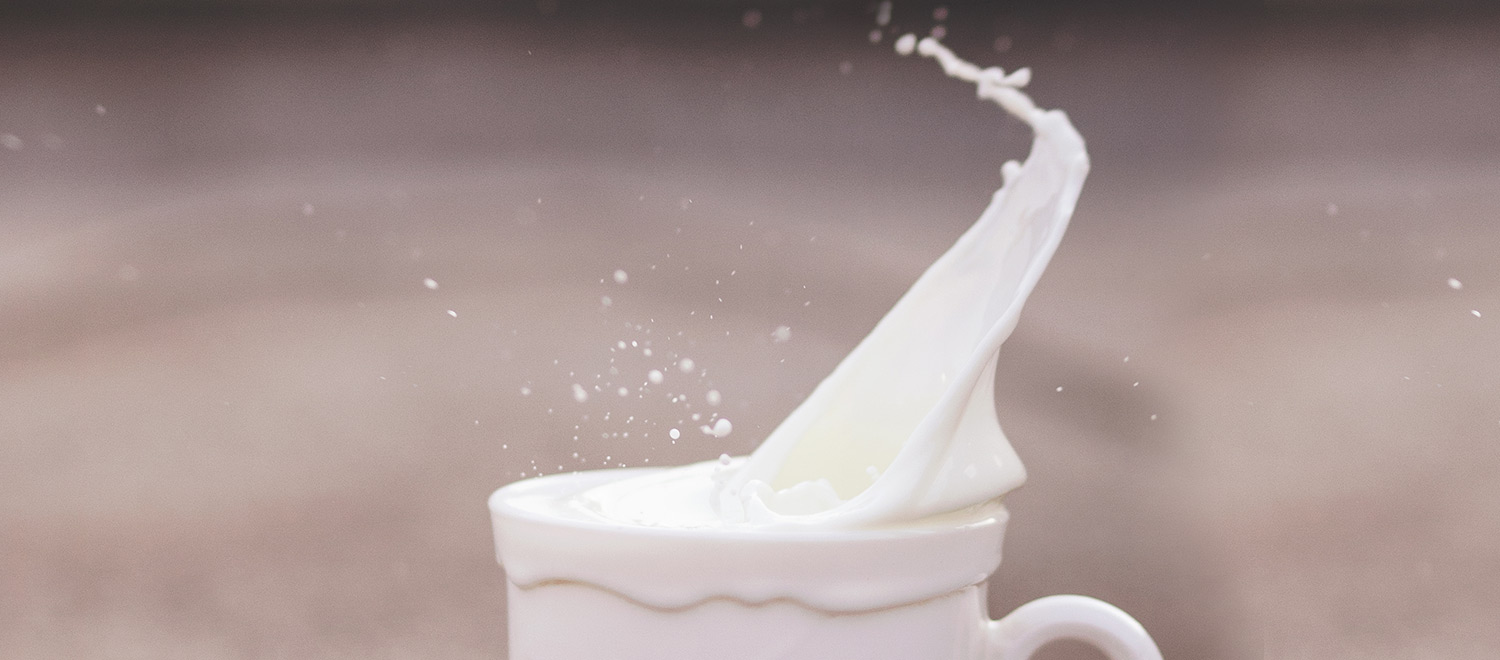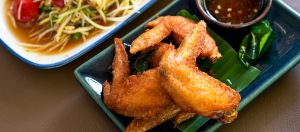Have you seen the Lactose Intolerance map? See that dark blue category with 80-100% lactose intolerance in the region? Yes – welcome to Asia.
According to the US National Library of Medicine, up to 90% of adults in some East Asian communities are lactose intolerant. In one study, 92.3% of the Chinese subjects were identified as “lactose malabsorbers.” Compared to other races, most Asian cultures didn’t historically rely on dairy as an important source of nutrition. Asians never experienced evolutionary pressure to develop and pass down the lactase enzyme.
That being said, lactose intolerance is not completely genetic. A study found that while only 38.5% of Chinese children ages 3-5 years old were lactase-deficient, 87% of those in the 7-8 year and 11-13 year old groups were. That’s a telling number. All babies were born with the enzyme necessary to break down sugars in milk. They only lose the necessary enzymes once diary ceases to be part of their regular diet.
Now, here comes the irony. Despite of its large percentage of the population being lactose intolerance, China is now the 3rd largest producer of cow’s milk in the world by weight. right behind the U.S. and India. The country is also importing more milk than ever. In 2014, China increased its liquid milk imports by 78%, making it the world’s largest dairy importer. Mind you – China does not export its milk, except for very small amounts to Hong Kong.
So who is drinking all this dairy milk in China? The Chinese of course!
Considered a symbol of western diet and superior nutrition, milk is frequently associated with wealth and strength in Chinese culture. In the early 1980s, milk was seen as a luxury nutrition only for the affluent and educated. The positioning quickly took off among people of all social classes. Today, milk is seen as an imperative food option for people of all ages, especially children and the elders.
Of course, food fashion fads aren’t enough to explain the massive increase in consumption, It helps to have the support of the Government. In China, people believe that the significant fitness difference between Chinese and Americans is due to Americans’ regular consumption of milk and beef. This perception is the result of an on-going government initiative to increase milk consumption. Milk consumption is even considered a strategic pillar, designed to put China among the world’s superpowers. The Chinese government invested millions of advertising dollars to position milk consumption as an everyday routine, especially since it was, historically, never a critical part of the Chinese diet.
China is not alone in the milk game. Asian parents of all nationalities urge their children to consume as much milk as possible, giving various reasons. Asian parents will convince their children to drink milk to grow taller or even to improve their skin complexion. And in an Asian household, pushing milk consumption means more than just stocking the fridge with it. It means really really pushing it, buying it, taking it out of the fridge, pouring it in the glass, putting it in front of you, and staring at you expectingly until you drink every last drop. Don’t like the taste? Doesn’t matter. Complain about feeling bloated? I’ll give you something to complain about! Ask any Asian kids. They will tell you milk is on the same plane field as A+ and college degree. Don’t want to be disowned? Better drink that glass of milk now.
And in an Asian household, milk is not just a breakfast drink. It’s the afternoon snack. It’s a sweet tooth solution, homework companion, and so much more. Maybe next time we’ll talk about Asian consumption of milk outside the home, e.g., milk tea and coffee drinks.







